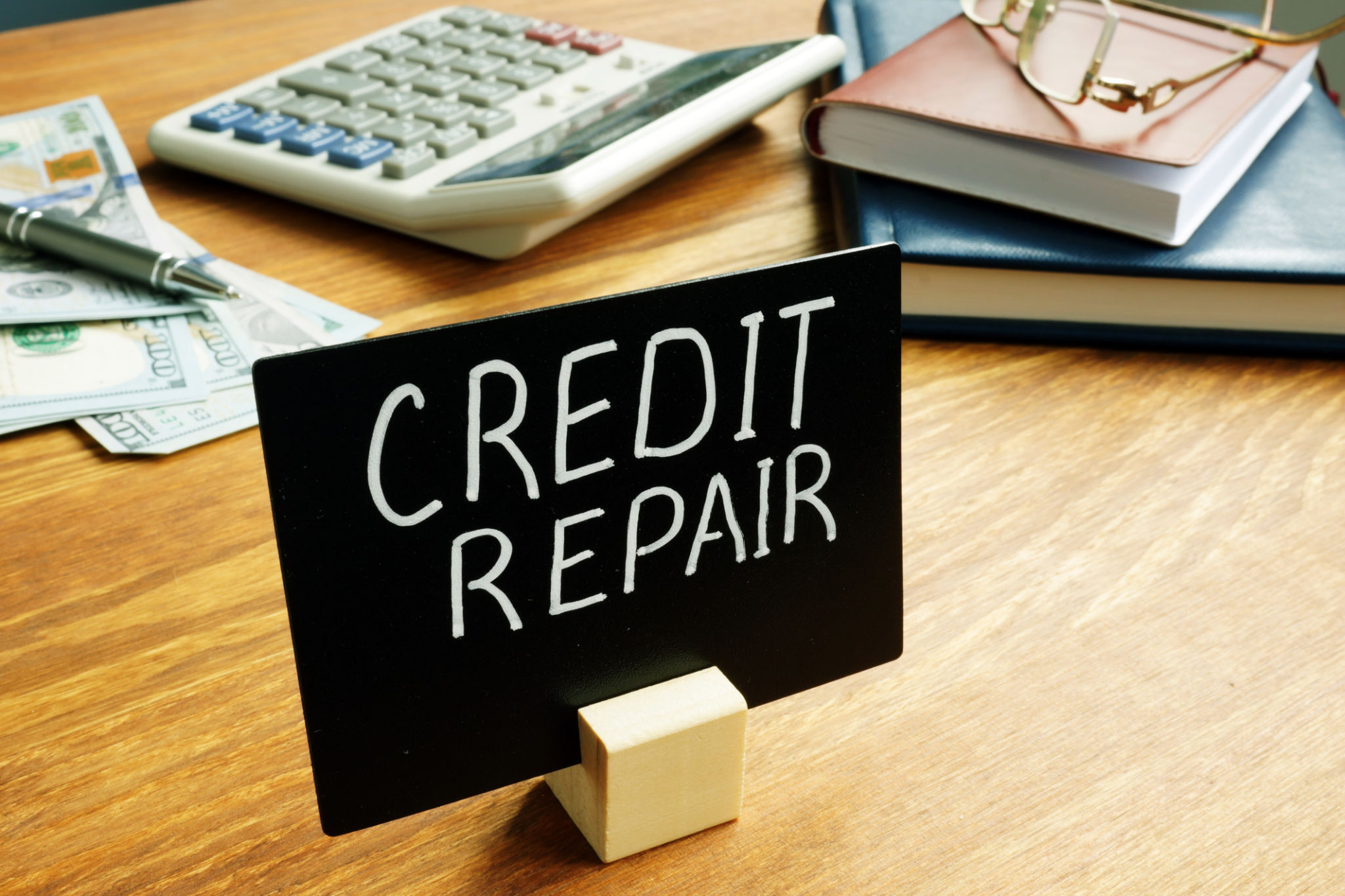DIY Credit Repair: A Step-by-Step Guide to Using Our Dispute Kits
Understanding DIY Credit Repair
Repairing your credit can seem like a daunting task, but with the right tools and information, it is certainly achievable. Our comprehensive dispute kits are designed to empower individuals to tackle credit issues head-on. Whether you're dealing with inaccuracies on your credit report or want to improve your overall credit score, our kits offer a structured approach to guide you through the process.

Step 1: Obtain Your Credit Reports
The first step in the DIY credit repair journey is to obtain your credit reports from the three major credit bureaus: Experian, TransUnion, and Equifax. You are entitled to a free copy of your credit report from each bureau once a year. Carefully review each report for any inaccuracies or discrepancies that could be negatively impacting your score.
Step 2: Identify Errors and Inaccuracies
Once you have your reports, the next step is to identify any errors. Common mistakes include incorrect personal information, accounts that don't belong to you, incorrect account statuses, and outdated information. It's crucial to scrutinize each entry and document any inaccuracies you find.

Using Our Dispute Kits Effectively
Our dispute kits provide templates and guidelines for crafting effective dispute letters. These letters are essential for communicating with credit bureaus and creditors about any errors you've found. A clear and concise dispute letter can significantly increase your chances of a successful resolution.
Step 3: Prepare Your Dispute Letters
Utilize our templates to draft your dispute letters. Be specific about the error, why it is incorrect, and what you would like to see as a resolution. Include copies of any supporting documentation to substantiate your claim. Remember, the more detailed and organized your letter, the better.
Step 4: Send Your Disputes
Send your dispute letters to the relevant credit bureaus and creditors via certified mail with a return receipt requested. This ensures you have proof of when the letters were sent and received. Keep a copy of each letter for your records.

Monitoring and Following Up
After sending out your disputes, it's important to monitor the progress. Credit bureaus typically have 30 days to respond to disputes. During this period, they will investigate your claims and provide a response based on their findings.
Step 5: Review Outcomes
Once you receive responses from the credit bureaus, review them thoroughly. If errors have been corrected, verify that the changes are reflected on all three of your credit reports. If disputes are denied, you may need to provide additional information or consider seeking professional assistance.
By following these steps and utilizing our dispute kits, you can take control of your credit repair journey. Remember, consistency and diligence are key in achieving and maintaining a healthy credit score.
